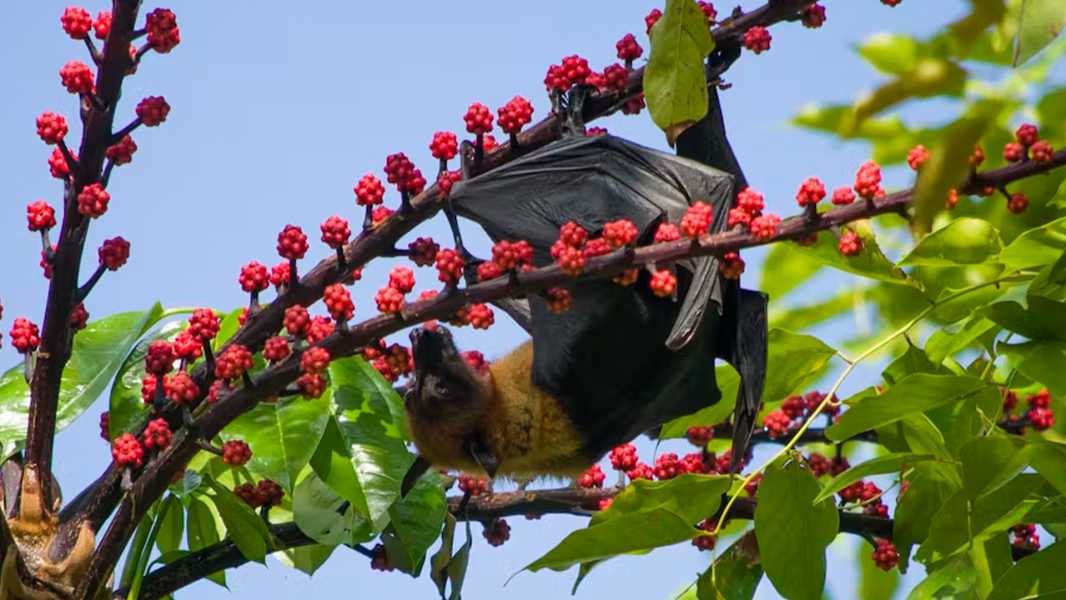
Fruit bats have evolved to have a sweet tooth. Can humans learn from their biology? (Image credit: Keith Rose/iStock via Getty Images Plus)
Humans aren't the only mammals that enjoy sugar. Bats have a passion for it, too, consuming twice their own body weight in sugary fruits every day. Unlike humans, however, bats thrive on a high-sugar diet. They can lower their blood glucose levels faster than their insect-eating cousins.
Our team is made up of biologists and bioengineers. Researching how bats evolved to specialize in sweet foods led us to seek out creative ways to treat diabetes — which sent us to Lamanai, Belize, for the annual Belize Bat-a-thon, an event where scientists gather and study bats. Diabetes, which was the ninth-leading cause of death in 2019, occurs when the body can’t process sugar effectively, causing blood glucose levels to rise.
In our recent study, published in Nature Communications, we and our colleagues Seungbin Baek and Martin Hemberg used technologies that analyze the DNA of individual cells to compare the unique metabolic instructions encoded in the genome of the Jamaican fruit bat Artibeus jamaicensis with those in the genome of the brown bat Eptesicus fuscus.
About 2% of DNA is made up of genes, which are segments of DNA that contain instructions that cells use to create certain traits, such as a longer tongue in fruit bats. The other 98% are segments of DNA that regulate genes and determine what traits they express.
To find out how fruit bats evolved to ingest such large amounts of sugar, we aimed to identify genetic and cellular differences between fruit-eating bats and insect-eating bats. Specifically, we examined genes, regulatory DNA, and cell types in two important organs involved in metabolic disease: the pancreas and kidney.

Researchers Nadav Ahituv (left) and Way Gordon (right) pictured with a bat.
The pancreas controls blood sugar and hunger by releasing hormones such as insulin, which lowers blood sugar, and glucagon, which raises it. We
Sourse: www.livescience.com





